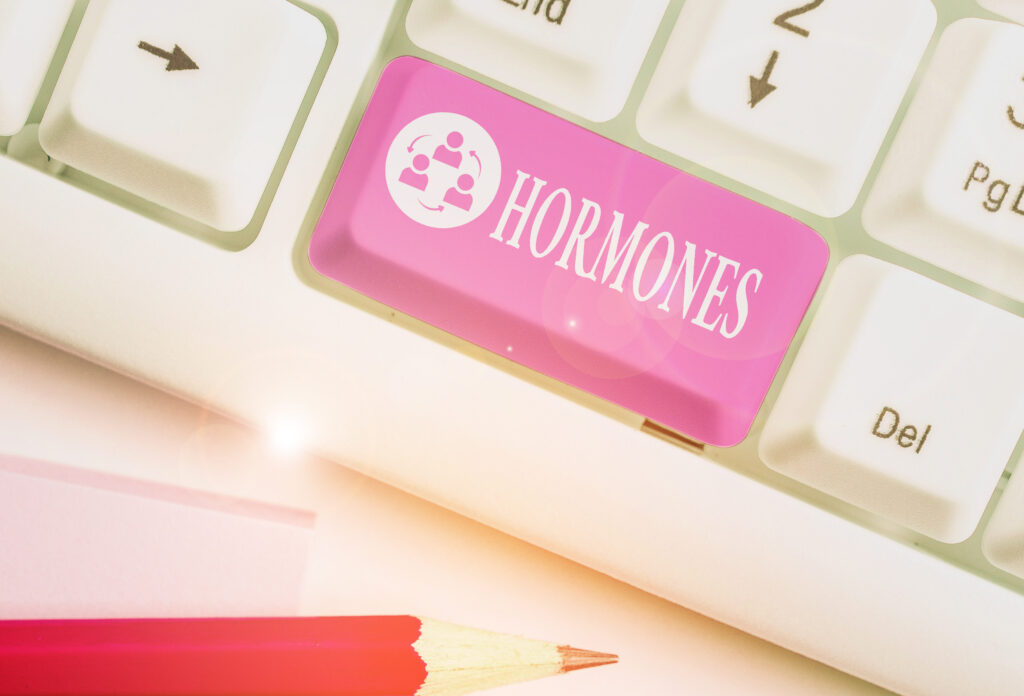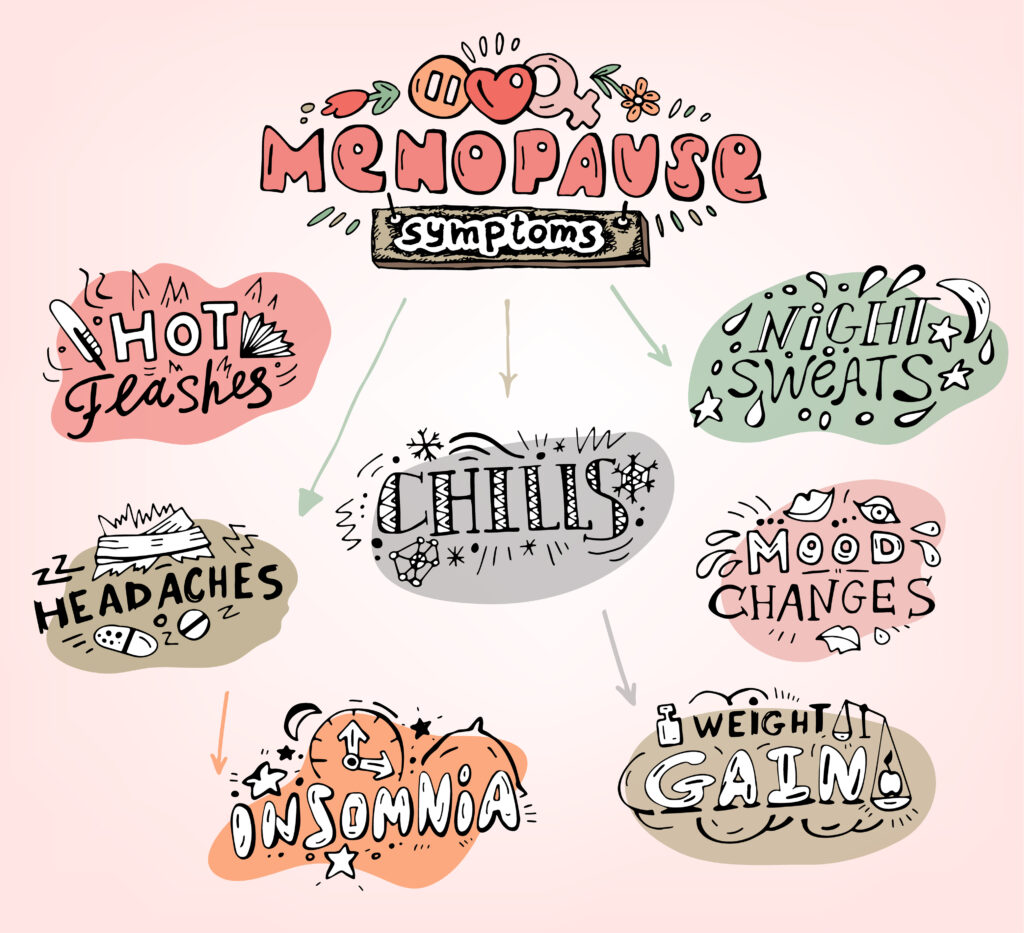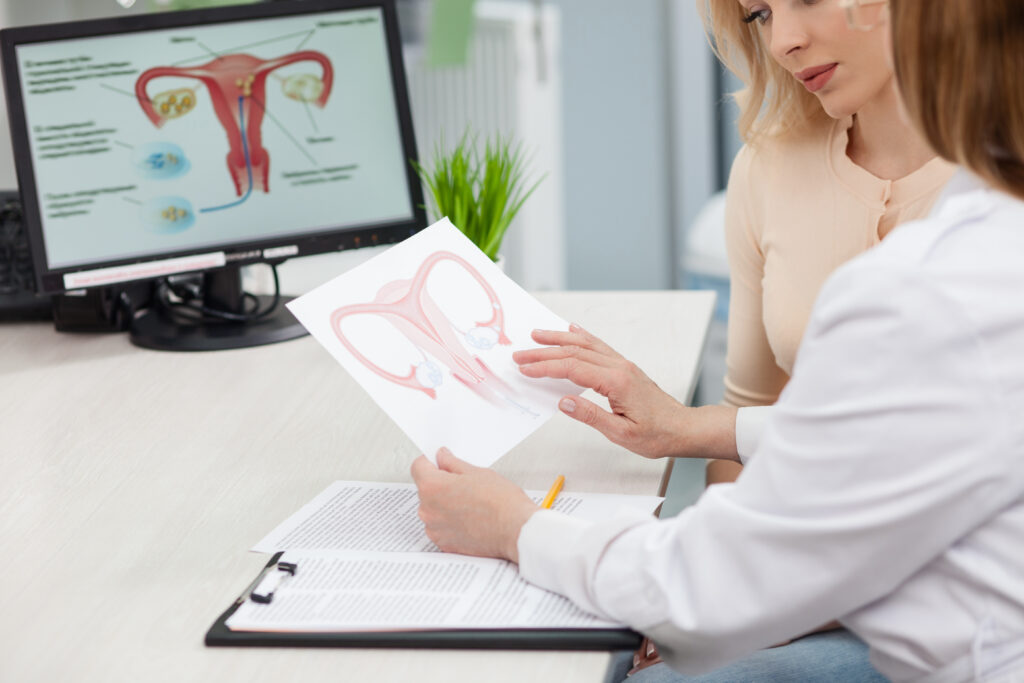
Cannabis and perimenopause – it’s a hormone thing
When Amber Dawn Mailhoit, 38, recently missed a period, she immediately thought she was pregnant, even though her husband’s vasectomy was years ago. “Strange things have happened,” says the mother of two teenagers in Kelowna.
She also noticed other symptoms: difficulty sleeping, body aches and cramps that “came out of nowhere”. When Mailhoit had a second missed period, accompanied by dizzy spells and severe convulsions, she knew that something was still going on.
“So I googled until there were no more menopausal sites to read and finally concluded that I was indeed in perimenopause.”

Mailhoit lives with endometriosis and is used to dealing with pain – a tearing, burning sensation all over the abdomen – for about three weeks out of four. In their experience, cannabis was most effective at relieving endometriosis symptoms.
Since Mailhoit has already used cannabis to treat endometriosis-related pain, it was their first port of call to try to relieve these new, intense uterine cramps. “I will only have a few strokes of a joint and within minutes I will feel relaxed, my uterine muscles will calm down, and I will be able to focus on my breathing to relieve much of the pain.”
Through self-medication with cannabis, she found her own way to regain the quality of life by using it to treat pain and to help sleep when necessary.
“Cannabis has given me a way to cope with perimenopause, which allows me to take the lead in my life and give me the ability to manage my symptoms without additional medication,” she says, pointing out that she will occasionally take Advil last resort.
When exactly does perimenopause begin?
Anyone with a uterus – roughly 51% of the world’s population – knows that their periods will stop sometime in the middle of life. According to the North American Menopause Society, the median age at menopause is 51 years.
While Mailhoit may appear on the young side for menopause, it is in a normal range for perimenopause, a transition period that begins between four to eight years before the last menstrual period, which occurs anytime between the ages of 40 and 58.
A recent survey of 1,500 women – 68% of whom were peri- or postmenopausal – by the University of Alberta shared Mailhoit’s symptoms such as cramps, lack of sleep, night sweats, hot flashes and muscle aches.

The five most common reasons for cannabis use were sleep (65%), anxiety (45%), muscle or joint pain (33%), irritability (29%), and depression (25%).
Coleen Nolan, director of the medical program at Aqualitas and registered nutritionist, says a third of the perimenopausal group have also used cannabis to treat symptoms in the past 30 days.
“This Canadian survey found results similar to a previous smaller study in the US of 232 perimenopausal military veterans, of whom 27% said they used cannabis to relieve symptoms and another 10% said they wanted to try it,” says Nolan.
What the evidence says – for now
While there is a growing body of anecdotal information to aid cannabis use for perimenopausal symptoms, Nolan says the scientific research with proven safety and effectiveness is not there yet.
This explains why some health professionals may be reluctant to suggest cannabis as a symptom treatment. Nolan said in a recent review conducted by Canadian researchers that they had only three small cannabis perimenopause studies available to them.
Your conclusion? “More research is needed.”
However, some doctors are warming up for cannabis to help ease the year-long transition into menopause. California-based integrative gynecologist Dr. Felice Gersh was quoted as saying, “Cannabis products offer an alternative to what’s out there.”
And by “out there” she means hormone replacement therapy (HRT). The most popular offer in conventional medicine for the relief of menopausal symptoms. Another option are antidepressants. Both drugs have significant side effects.
As the medical director of Aqualitas, Nolan emphasizes that people with perimenopausal symptoms should consult a doctor first to determine if cannabis is well suited.
Not only are the main cannabinoids THC and CBD tolerated differently by everyone, but it’s also a good idea to rule out more serious conditions that could be causing symptoms.
Where does cannabis fit?
Anecdotal evidence suggests that hormones affect how cannabis is felt in the body. Ashleigh Brown, patient advocate and CEO of SheCann Cannabis, says 92% of SheCann members have reported both fluctuations in symptoms and an altered response to cannabis depending on where they are in their cycle.
“The ups and downs of reproductive hormones definitely have an impact on our patient population and their symptoms. Over the years, SheCann has also noticed patterns in the way our members’ bodies react to cannabis during our cycles. ”
Among her SheCann members, who are just over 10,000 people, Brown says those in perimenopause and menopause have reported parallels between fluctuating hormone levels and the perceived effects of cannabis.
“The combination of the two can be unpredictable, especially when trying to treat symptoms like insomnia … It is not discussed often and it is really reassuring for us to discuss and learn that we are not alone.”
“We definitely need more research and education on cannabis and reproductive hormones.”

Despite the lack of conclusive evidence from randomized clinical trials, “the gold standard of medical research,” says Nolan, thousands are still turning to cannabis to treat symptoms of perimenopause.
Aside from re-emphasizing a consultation with a doctor (who may be a family doctor or someone from a cannabis clinic), Nolan advises that Health Canada and other experts “start low, go slow” are “definitely important to keep”. in the head.”
As a registered nutritionist, Nolan also strongly recommends leading a healthy lifestyle – a science-based fact: lowering alcohol consumption, exercise, reflective activities such as walking in the woods, giving up cigarettes, and eating a healthy diet can all help alleviate perimenopausal health problems.
Mailhoit now sleeps a full night while cramps, sore muscles and back pain have dramatically improved. And while cannabis works well for her, she admits that it may not work for others. “I have relatives who prefer estrogen cream and have never tried cannabis. You do it, ”she says.
“Nobody can tell you what works best for you, but I would say if you’re looking for relief from perimenopause symptoms, don’t tap on cannabis until you’ve tried it because you just never know.”
Colleen Fisher Tully
Colleen Fisher Tully is a freelance writer and editor with recent work for Clean Eating, Today’s Parent, The Walrus, and Local Love. She posts random thoughts on Twitter @colleenftully
Show article by Colleen Fisher Tully
By submitting this form, you subscribe to Leafly news and promotional emails and agree to Leafly’s Terms of Use and Privacy Policy. You can unsubscribe from Leafly email messages at any time.

Post a comment: